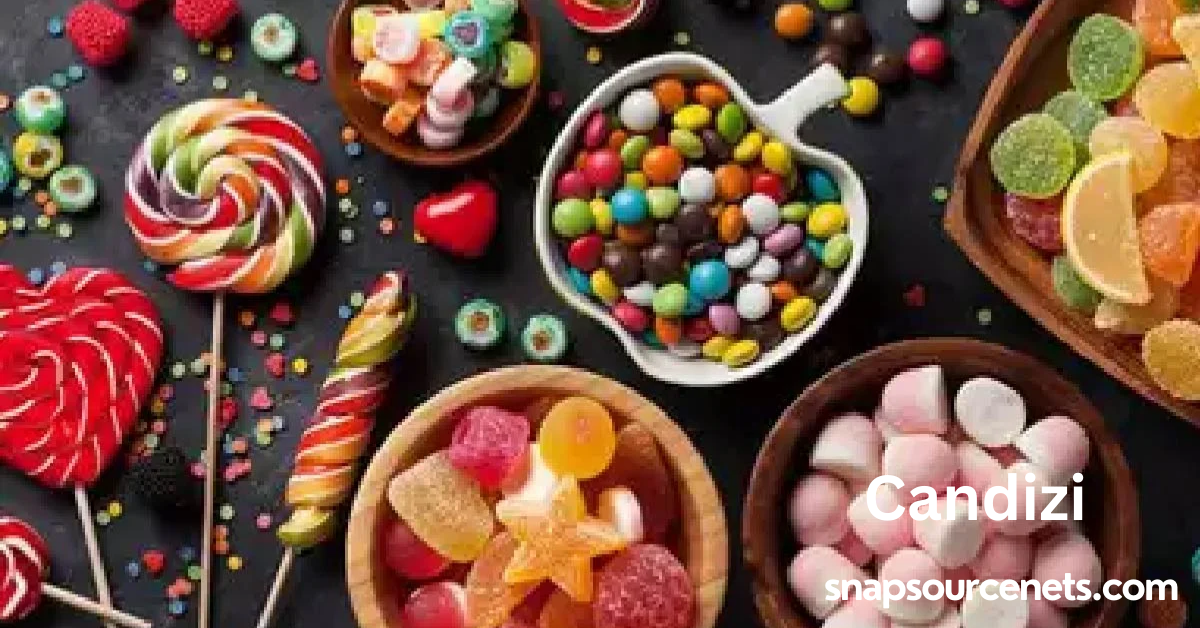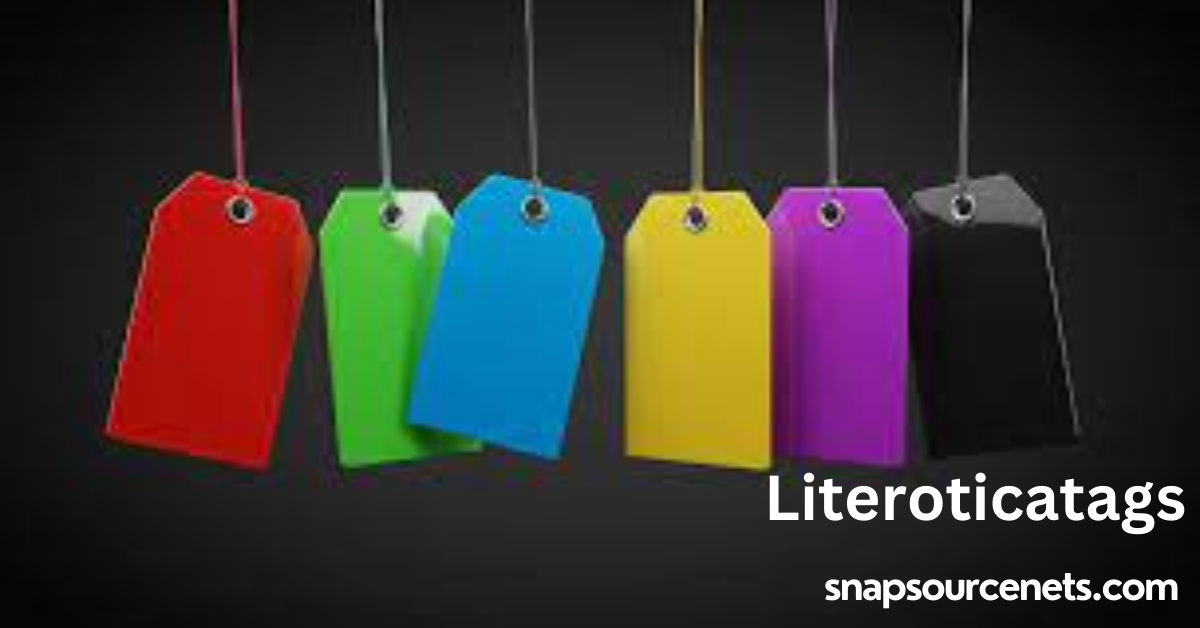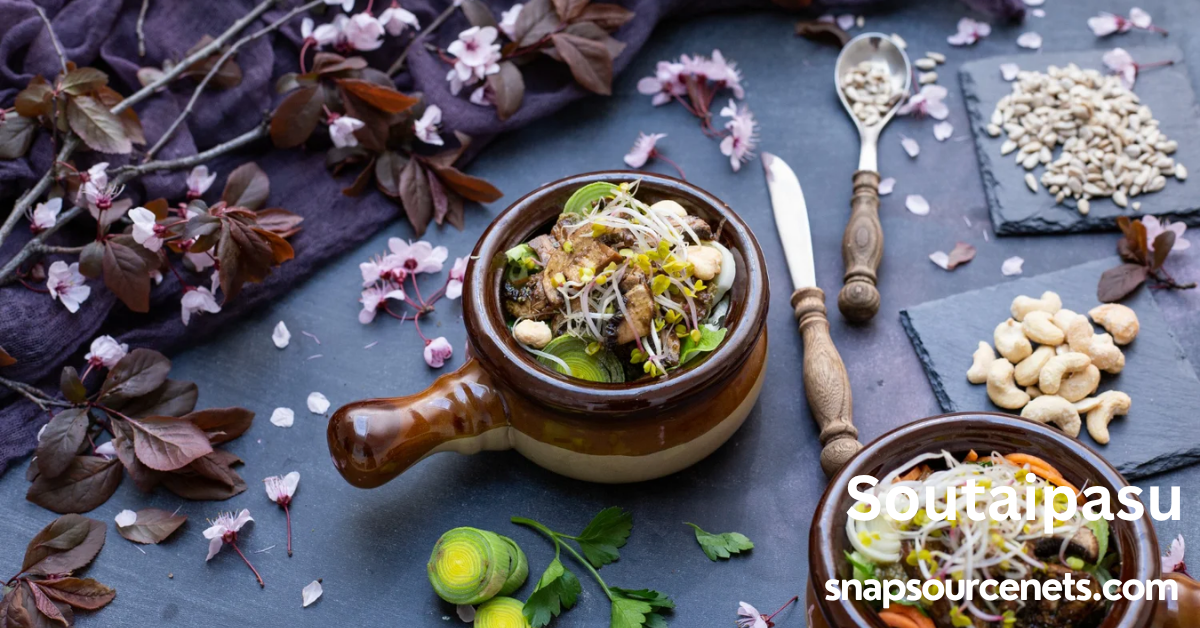pyntekvister – Beautiful Decorative Twigs with Deep Cultural Roots
Pyntekvister may sound like a new word to many, but in some cultures, they hold a long-standing place in home decoration, seasonal festivities, and even ceremonial customs. Known for their delicate shapes, bright colors, and intricate arrangements, pyntekvister are more than just twigs—they’re small works of art.
These decorative branches are often handmade and can be styled using paper, beads, feathers, or fabric. They are widely appreciated for adding natural elegance to homes, events, and celebrations. Whether placed in a vase or hung as ornaments, pyntekvister reflect the beauty of tradition and creativity.
In this article, we explore what pyntekvister are, their origins, uses, and how you can make or buy them for your home. https://www.snapsourcenets.com/tipbet88-site-gambling-how-it-works-pros-cons-safety-tips/
What Are Pyntekvister?
Pyntekvister (pronounced: pin-teck-viss-ter) is a word that roughly translates to “decorative twigs” in some Scandinavian languages. These are ornamental branches or stems that are decorated with colorful materials such as ribbon, yarn, glitter, paper flowers, or seasonal symbols. Unlike plain sticks or dry foliage, pyntekvister are meant to be eye-catching and full of personality. They are often seen in spring and winter decorations, and are especially popular during holidays like Easter or Christmas.
Cultural History and Roots
Pyntekvister have their roots in Nordic and European folk traditions, where nature and handmade crafts are deeply valued. In Norway and Sweden, for example, people decorate twigs during the Easter season with colorful feathers and place them in vases or by the front door. This tradition is known as påskris. It symbolizes the arrival of spring, new beginnings, and joy. Over time, the concept of decorating twigs spread to other regions and became a popular DIY craft. In many cultures, decorated branches are used to represent health, fortune, and celebration.
How Are Pyntekvister Made?
Making pyntekvister is a fun and easy craft project. It starts with collecting twigs or branches from nature https://en.wikipedia.org/wiki/Nature or using store-bought artificial ones. Then, you decorate the twigs using materials such as:
- Colored paper or tissue flowers
- Feathers
- Yarn or string
- Ribbons
- Beads or buttons
- Paint or glitter
- Mini ornaments (like eggs or stars)
The materials are usually glued or tied to the twigs. Some people choose natural themes, while others go bold with modern and bright colors.
Popular Uses of Pyntekvister
1. Home Decor
Pyntekvister add charm and character to any room. They can be placed in tall glass vases, arranged on shelves, or used as table centerpieces.
2. Seasonal Decorations
During Easter, colorful pyntekvister are placed around homes as signs of spring. For Christmas, twigs with ornaments, berries, and silver ribbon are common.
3. Weddings and Events
Wedding planners often use pyntekvister as part of floral arrangements or table settings to create a rustic and elegant look.
4. DIY Projects for Kids
Pyntekvister are great for craft time. Children love decorating twigs with paint and feathers. It’s creative, safe, and educational.
5. Cultural Celebrations
In some cultures, decorated twigs are used in New Year or harvest festivals to symbolize luck, unity, or prosperity.
Pyntekvister in Modern Interior Design
Interior designers are increasingly using pyntekvister to add a natural, artistic touch to living spaces. Minimalist homes often feature white or gold-painted branches in simple vases. In boho or farmhouse-style decor, pyntekvister may be mixed with dried flowers or greenery. These designs are not just beautiful, but also cost-effective and eco-friendly.
Can You Buy Ready-Made Pyntekvister?
Yes. Many online craft stores and home decor retailers offer ready-made pyntekvister in various themes. Some are seasonal (Easter, Christmas), while others are neutral and fit year-round styles. Etsy, Amazon, and Scandinavian design shops are great places to look. Prices vary depending on materials and size, usually ranging from $10 to $50 per bundle.
Benefits of Using Pyntekvister
- Eco-friendly – Reuse twigs and natural materials.
- Affordable – Costs less than flowers or big decor pieces.
- Creative – Fun to design and personalize.
- Versatile – Fits modern, traditional, or seasonal decor.
- Symbolic – Represents nature, growth, or cultural values.
How to Care for Pyntekvister?
Caring for pyntekvister is easy. If they are natural twigs, avoid placing them in humid areas to prevent mold. Artificial twigs should be dusted regularly with a soft cloth or air blower. Store seasonal pyntekvister in dry boxes or wrap them in tissue to avoid damage.
Make Your Own Pyntekvister: Simple Steps
- Collect a few dry twigs (10–12 inches long).
- Clean them with a damp cloth and let them dry.
- Paint the twigs or leave them natural.
- Glue or tie decorations such as paper flowers, feathers, or ribbons.
- Arrange them in a vase with stones, beads, or lights.
- Display them on a table, shelf, or doorway.
This simple craft can be done with kids or friends in less than an hour.
FAQs
1. What does “pyntekvister” mean?
“Pyntekvister” is a term from Scandinavian languages that translates to “decorative twigs” in English.
2. Are pyntekvister the same as dried flowers?
No. While dried flowers are preserved natural blooms, pyntekvister are twigs or branches decorated with craft materials like feathers, paper, or paint.
3. Can I make pyntekvister at home?
Yes! Making them is a fun and simple DIY activity using twigs and decorations like ribbon, feathers, or beads.
4. What materials do I need to create pyntekvister?
You need clean twigs, glue, scissors, and items like yarn, feathers, paper, glitter, or mini ornaments.
5. Are pyntekvister used for holidays?
Yes. They’re popular for Easter, Christmas, New Year, and other seasonal or cultural events.
6. Where can I buy pyntekvister online?
You can find them on websites like Etsy, Amazon, or Scandinavian home decor stores.
7. Are pyntekvister eco-friendly?
Yes. They often use recycled or natural materials, making them a green alternative to plastic decorations.
8. Can I use pyntekvister for weddings?
Absolutely. They make elegant and rustic decorations for weddings, especially in centerpieces or entrance displays.
9. Do pyntekvister require maintenance?
Not much. Just dust them lightly and store them in a dry place when not in use.
10. Are pyntekvister suitable for all ages?
Yes. Kids, teens, and adults enjoy making and decorating them, making it a fun family or classroom activity.
Conclusion
Pyntekvister bring together the charm of nature and the joy of creativity. Whether you buy them ready-made or create your own, these decorative twigs can transform any room with warmth and personality. https://www.snapsourcenets.com/https-paybiotel-promptd-com-online-easily/
From holiday decor to year-round styling, pyntekvister are both beautiful and meaningful. Their deep roots in tradition, combined with modern appeal, make them a timeless decoration choice. They are easy to make, fun to personalize, and ideal for eco-conscious homes.
If you love crafts or unique interior touches, pyntekvister are a wonderful option. Explore this tradition today and add a bit of color, culture, and creativity to your space.
editor's pick
latest video
news via inbox
Nulla turp dis cursus. Integer liberos euismod pretium faucibua





